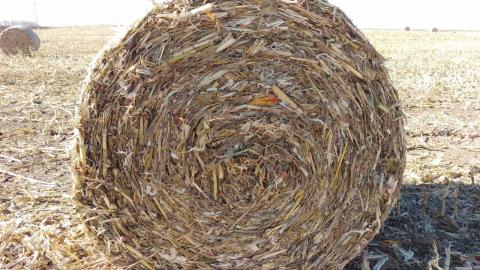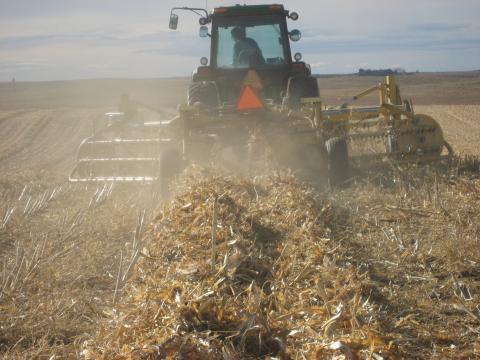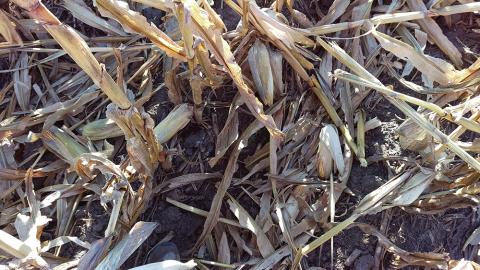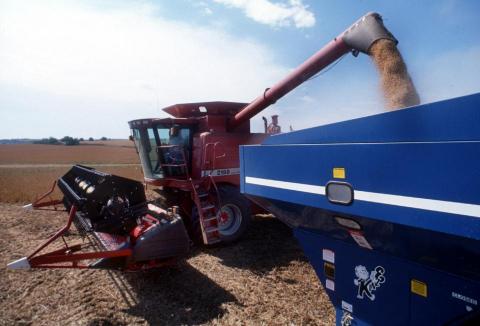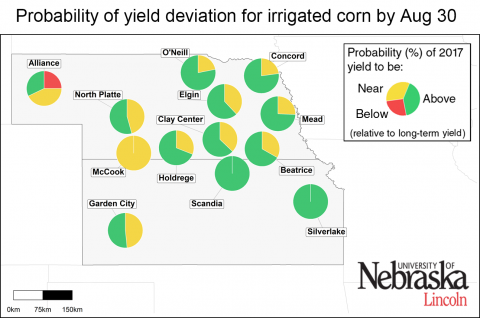Corn Stover Removal: Nutrient Value of Stover and Impacts on Soil Properties
December 7, 2017
Corn residue has a number of uses and thus its value as well as its impact on other systems may need to be estimated when evaluating post-harvest options. This article looks at how to estimate the nutrient value of the residue and potential impacts to the soil from removing the residue, based on Nebraska research.
Low Temperature and Frost May Affect Efficacy of Burndown Herbicides
November 9, 2017
In many areas fall herbicide applications were delayed due to the late harvest. Applications can still be effective, depending on weeds present, temperature, rate of herbicide and additives used. The article offers recommendations for these late-fall applications and their importance, particularly for control of herbicide-resistant marestail.
Grower Experiences with Picking Up Downed Corn
November 6, 2017
This photo series of grower solutions illustrates several non-livestock options for picking up corn on the ground, including the use of a rake and combine with a pick-up attachment.
Potential Reasons for Weakened Ear Shanks and Ear Loss
November 3, 2017
While sustained high winds for several days in late October was likely the final catalyst, a number of factors may have led up to increased ear drop in corn. This article looks at potential factors throughout the season that may have eventually led to a challenging harvest.
2017 Corn Yield Forecasts as of September 20
September 21, 2017
Crop modelers wrap up their forecasts of rainfed and irrigated corn yields across the Corn Belt for 2017, noting above-average yields for about 80% of the irrigated sites and more than 60% of the rainfed sites. Irrigated yields ranged from 11%-17% over long-term averages at those sites and rainfed yields at those sites were 13%-40% above average. View data for all the sites.
Plan Harvest to Deliver Soybeans at the Optimum Moisture
September 1, 2020
Most soybeans are harvested and delivered directly to an elevator. Soybeans delivered below or above 13% moisture—the elevator standard—lose potential profit. The economics illustrated here show how harvest timing can affect potential income.
2017 Corn Yield Forecasts as of August 30
September 1, 2017
Forecasts for end-of-season corn yields improved across much of the Corn Belt since the early August forecast. View crop stage and yield forecasts as well as weather data. In Nebraska predictions are for near to above average corn yields for most sites, except northeast and northwest sites.
Tell Us about Your Dicamba Use and Suspected Injury in Soybean
August 18, 2017
Nebraska Extension educators and specialists would like to hear from growers and agribusiness about their experiences with dicamba this season. Information can be shared via an online survey or by contacting them directly with the email provided.

